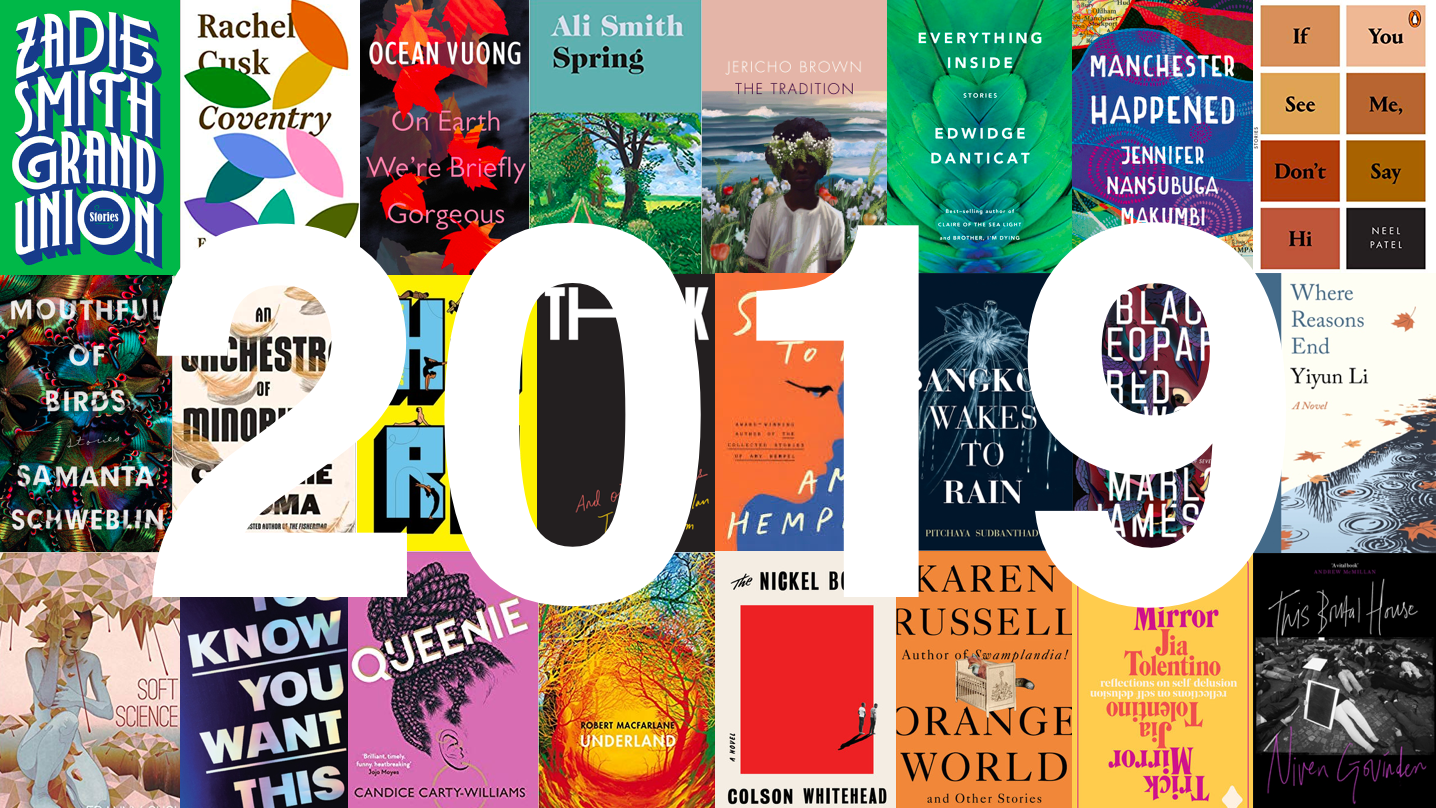January
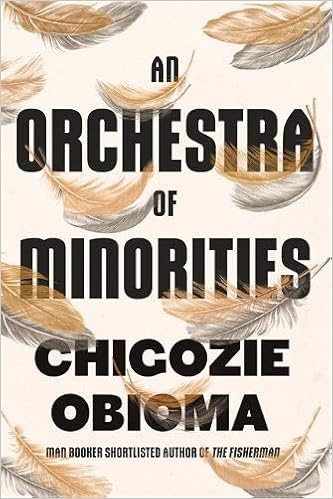
An Orchestra of Minorities, Chigozie Obioma (Little, Brown)
A contemporary retelling of The Odyssey set in Umuahia, Nigeria.
Thick and Other Essays, Tressie McMillan Cottom (New Press)
A wide-ranging essay collection from a writer praised by Chimamanda Ngozi Adichie and Roxane Gay, and compared to bell hooks and Rebecca Solnit.
Adèle, Leila Slimani (Faber)
An erotic exploration of addiction and sexuality from the bestselling author of Lullaby.
Kingdomland, Rachael Allen (Faber)
A debut poetry collection that makes the everyday surreal, the familiar strange.
February

The Spirit of Science Fiction, Roberto Bolaño, tr. Natasha Wimmer (Penguin)
Another posthumous novel from the author of The Savage Detectives and 2666, about two poets in Mexico City.
You Know You Want This, Kristen Roupenian (Jonathan Cape)
This debut collection from the author of the viral short story, Cat Person, is full of timely horror stories.
Mouthful of Birds, Samanta Schweblin, tr. Megan McDowell (Oneworld)
A dark and eery collection of stories from one of Argentina’s most exciting Spanish language authors.
Where Reasons End, Yiyun Li (Hamish Hamilton)
An imagined conversation between a mother and her dead teenage son, as she tries to deal with the grief of his suicide.
The Plotters, Un-su Kim, tr. Sora Kim Russell (4th Estate)
A thrilling crime novel set in an alternate Seoul, full of violence and lyricism.
Late in the Day, Tessa Hadley (Jonathan Cape)
The death of an old friend drives three friends apart.
A Mouth Full of Blood, Toni Morrison (Chatto & Windus)
Four decades worth of essays, speeches and meditations spanning issues of race, gender and globalisation, American history, and current politics, from one of our greatest living writers.
Who Killed My Father, Édouard Louis, tr. Lorin Stein (Harvill Secker)
An unflinching portrait of a father, addressing issues around homophobia, masculinity and class.
Bangkok Wakes To Rain, Pitchaya Sudbanthad (Sceptre)
A multi-generational novel that stretches into the past and reaches into the future.
Black Leopard, Red Wolf, Marlon James (Hamish Hamilton)
The first book in James’ much anticipated Dark Star Trilogy, a fantasy series drawing on Ancient African mythology and history.
March

Lanny, Max Porter (Faber)
Porter follows up the hugely successful Grief Is A Thing With Feathers with this tale of the English countryside.
Hark, Sam Lipsyte (Granta)
An absurd social satire following a lifestyle guru who becomes a modern-day messiah.
Berg, Ann Quin (And Other Stories)
Quin’s postwar avant-garde masterpiece comes to a new audience.
Memories of the Future, Siri Hustvedt (Sceptre)
A writer finds a draft for a novel she wrote in her twenties and relives her youth.
The White Card, Claudia Rankine (Macmillan)
A one act play that interrogates the invisibility of whiteness and sets about understanding race divisions.
Sing To It, Amy Hempel (Scribner)
The first new collection from legendary short story writer Amy Hempel in over a decade.
Spring, Ali Smith (Hamish Hamilton)
The next book in Smith’s Seasonal Quartet, ranging from Beethoven to Brexit.
April

The Tradition, Jericho Brown (Copper Canyon Press)
Brown invents a new poetic form, the Duplex — part sonnet, part ghazal, part blues — in which he explores fatherhood, queerness, blackness, and legacy.
Soft Science, Franny Choi (Alice James)
These poems, inspired by the Turing test, explore queer Asian-American femininity in a world of automation and technology.
Queenie, Candice Carty-Williams (Trapeze)
The story of a 25-year-old Jamaican British journalist as she makes one questionable decision after another, looking for love.
Tokyo Ueno Station, Yu Miri, tr. Morgan Giles (Tilted Axis)
Writing about Japan’s most vulnerable people, Miri creates a powerful rebuke against the imperialist system in a narrative that starts in 1933, but is as timely as ever.
Black, Listed, Jeffrey Boakye (Dialogue)
Boakye writes about words used to describe black men and women, and in doing so explores “world history, race theory, and popular culture.”
Autumn Light, Pico Iyer (Knopf)
A meditative piece of memoir that reflects on loss, Japan, and Autumn.
May

The Polyglot Lovers, Lina Wolff, tr. Saskia Vogel (And Other Stories)
With wit and precision, Wolff creates characters looking for love across Europe.
Girl, Woman, Other, Bernadine Evaristo (Hamish Hamilton)
A polyphonic portrait of twelve different characters, exploring modern black womanhood.
Underland, Robert Macfarlane (Hamish Hamilton)
The famous nature writer goes underground in his latest book, from Greenland’s Glaciers to Bronze-age burial chambers.
Thirteen Months of Sunrise, Rania Mamoun, tr. Lissie Jaquette (Comma Press)
A debut short story collection that paints a portrait of modern-day Sudan, brought to English-reading audiences by Manchester’s Comma Press.
Orange World, Karen Russell (Knopf)
Surreal short stories about transformation from one of America’s best writers.
Manchester Happened, Jennifer Nansubuga Makumbi (Oneworld)
Short stories set in Manchester and Kampala detailing the experience of immigration, from the winner of the 2014 Commonwealth Short Story Prize.
June

Deaf Republic, Ilya Kaminsky (Faber)
This long-awaited poetry collection follows the story of a country whose inhabitants all suddenly lose their hearing.
My Seditious Heart, Arundhati Roy (Hamish Hamilton)
Twenty years worth of essays from one of India’s most acclaimed writers.
This Brutal House, Niven Govinden (Dialogue)
A queer protest novel set in New York’s drag ball community.
On Earth We’re Briefly Gorgeous, Ocean Vuong (Jonathan Cape)
A letter from a son to a mother who cannot read. This debut novel from the award-winning poet explores Vietnamese family histories and trauma.
Plastic Emotions, Shiromi Pinto (Influx Press)
Set in London, Chandigarh, Colombo, Paris and Kandy, this novel charts the true story of feminist icon Minnette de Silva, the first female Sri Lankan architect.
The Girl at the Door, Veronica Raimo, tr. Stash Luczkiw (4th Estate)
This Italian novel is a tense, timely piece about a rape accusation in an idyllic commune.
July
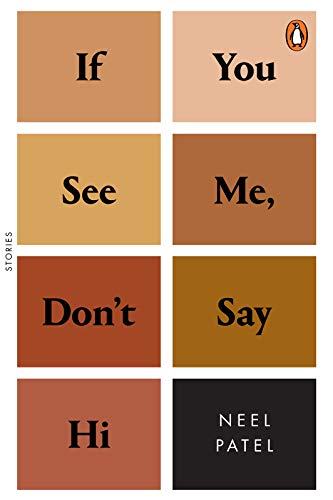
Ducks, Newburyport, Lucy Ellman (Galley Beggar Press)
The inner thoughts of a housewife from Ohio are laid out in this 750 page novel told in one sentence. It is an exploration of domestic life in Trump-era America.
Beowulf: A New Translation, Maria Dahvana Headley (MCD X FSG)
A feminist translation of Beowulf that brings out parts of the poem that previous translators have ignored.
If You See Me, Don’t Say Hi, Neel Patel (Flatiron)
A collection of short stories that tackles stereotypes of Indian Americans with a host of empathetic characters.
August
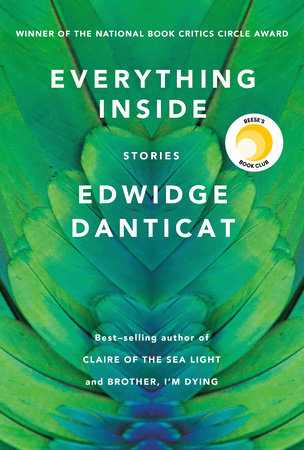
The Nickel Boys, Colson Whitehead (Fleet)
Following up the Pulitzer prize winning The Underground Railroad, this novel follows two boys in a reform school in Jim Crow era Florida.
Trick Mirror, Jia Tolentino (Random House)
A debut essay collection from a writer I’d happily call a voice for our generation.
Everything Inside, Edwidge Danticat (Knopf)
A new collection from a consistently masterful short story writer set in Miami, Port-au-Prince, and an unnamed country in the Caribbean.
September
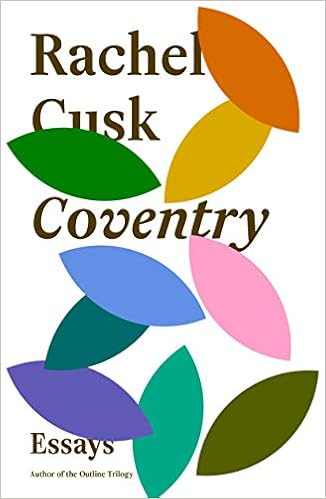
Frolic and Detour, Paul Muldoon (Faber)
A new collection from one of Ireland’s most respected poets.
Coventry, Rachel Cusk (Faber)
A wide-ranging collection of essays from the acclaimed author of The Outline Trilogy.
Rusty Brown, Chris Ware (Jonathan Cape)
Twenty years in the making, Rusty Brown is the latest from the genius graphic novelist.
The Testaments, Margaret Atwood (Chatto & Windus)
The long awaited sequel to Atwood’s The Handmaid’s Tale looks set to be a hit, with Atwood setting the novel 15 years after the ending of the first book.
October

Grand Union, Zadie Smith (Hamish Hamilton)
10 brand new stories alongside 10 previously published ones in Smith’s first collection.
Nudibranch, Irenosen Okojie (Dialogue)
Okojie’s second collection of stories shows memorable characters in unusual situations.
The Topeka School, Ben Lerner (Granta)
Lerner turns his autofiction style to high school, writing about an aspiring poet navigating a culture of toxic masculinity.
In The Dream House, Carmen Maria Machado (Serpent’s Tail)
This memoir from the author of Her Body and Other Parties, details queer domestic violence in what looks to be a reinvention of the memoir form.










